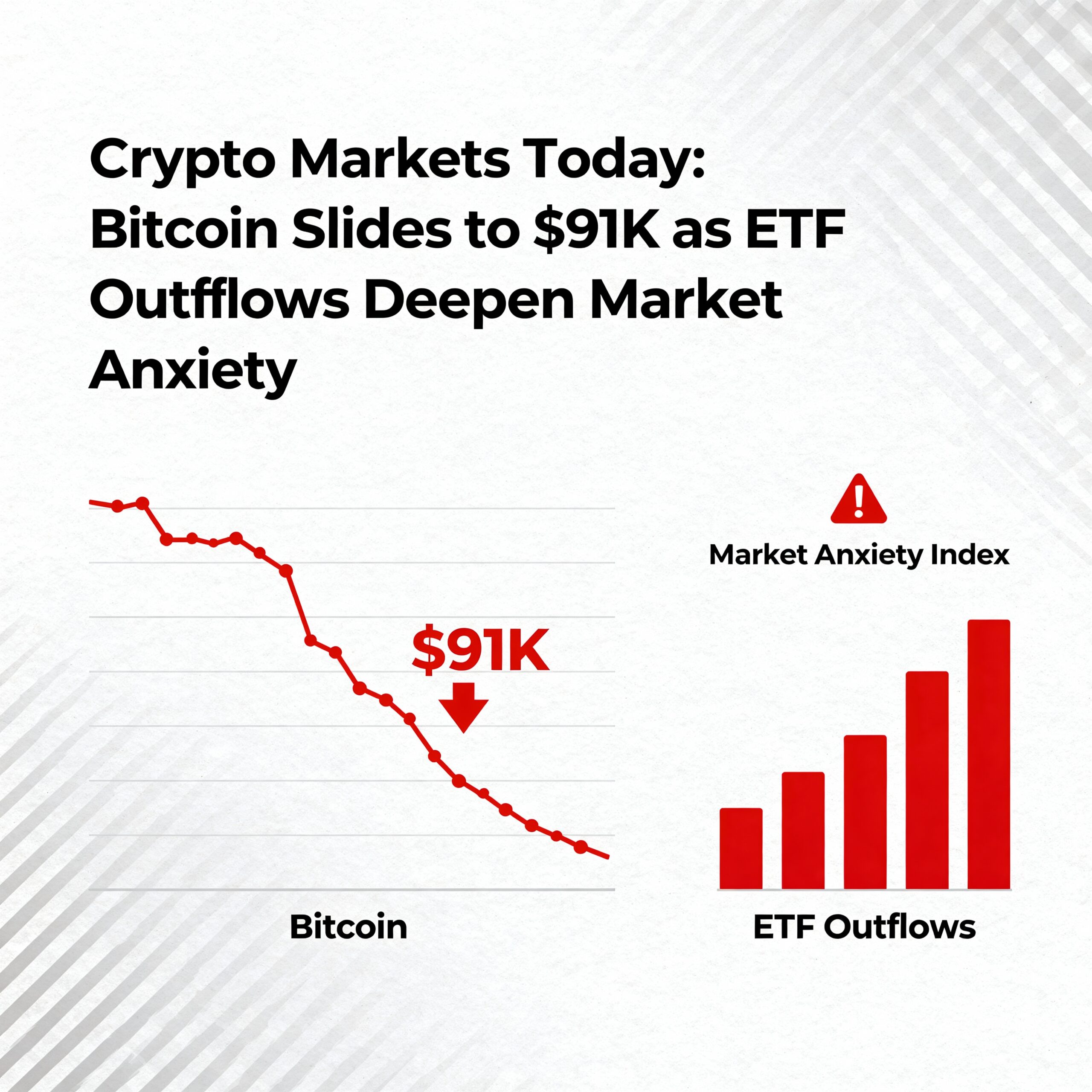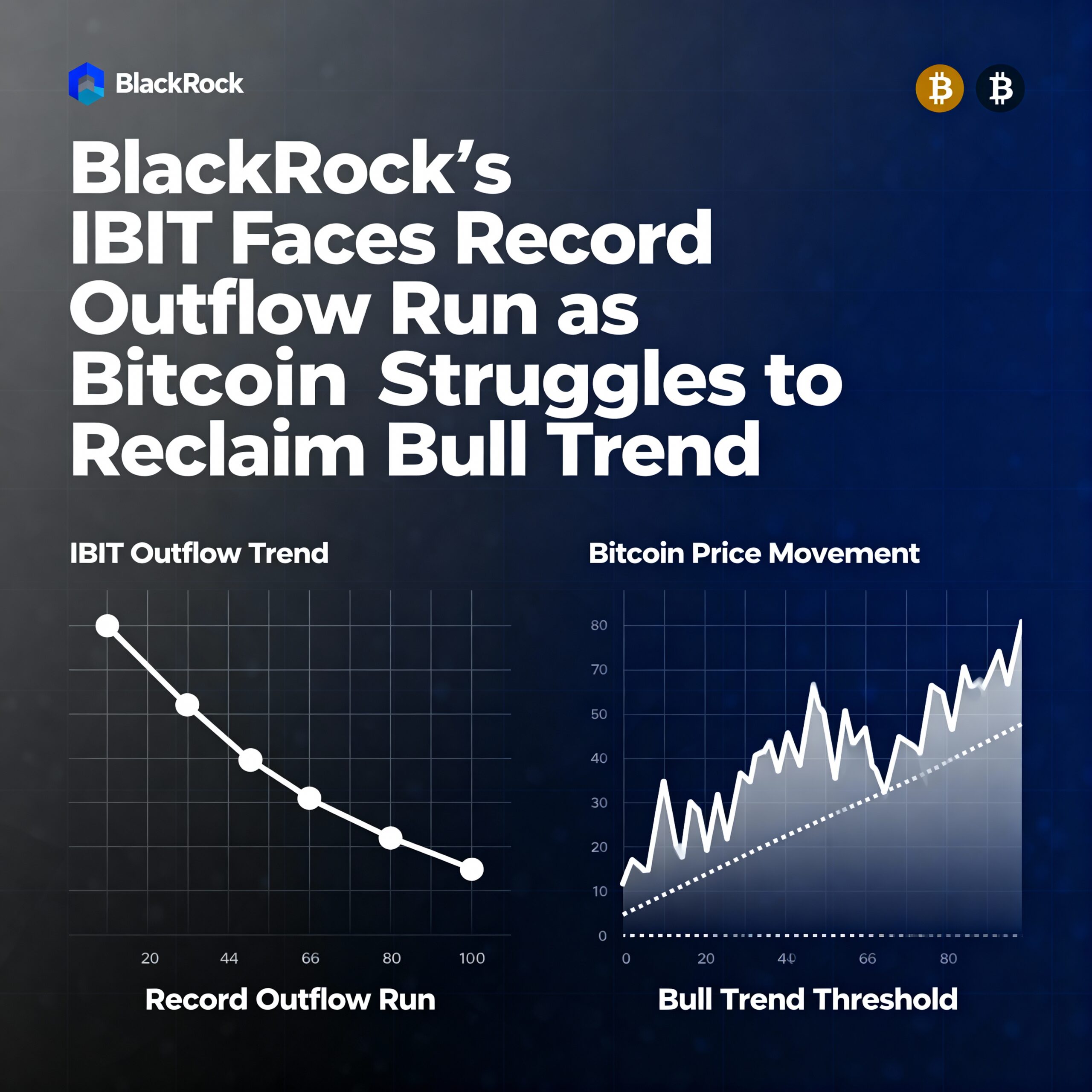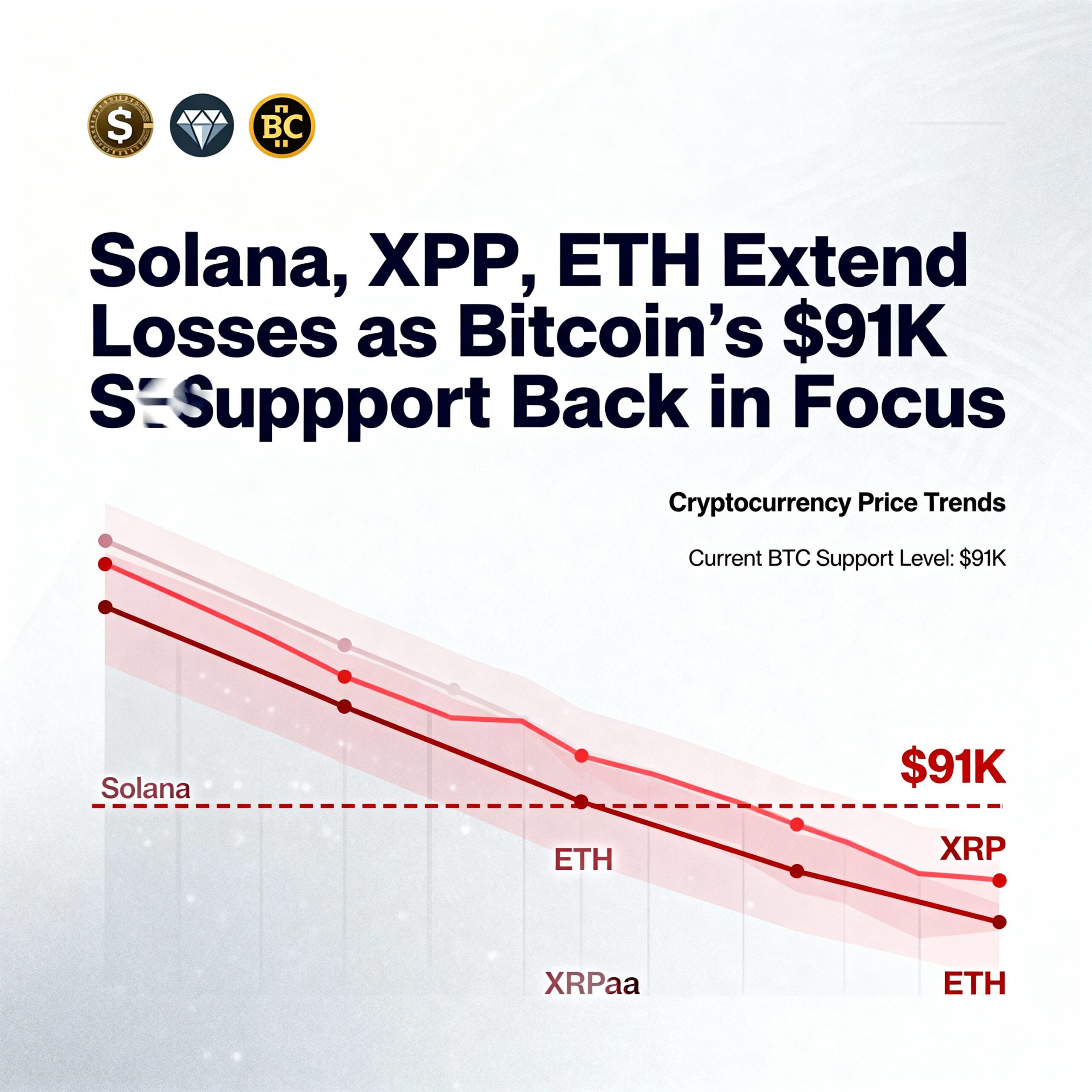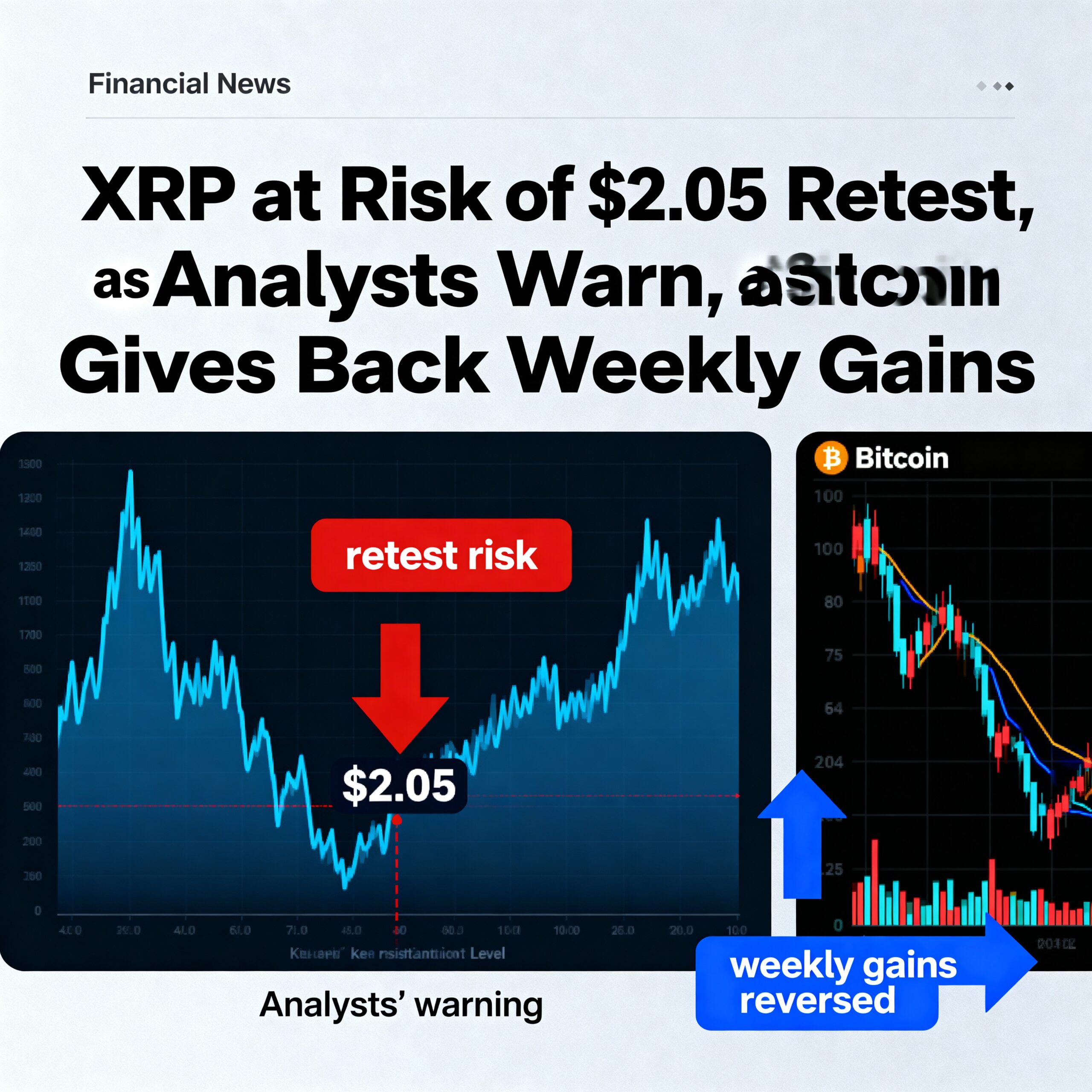
The Rise and (Mostly) Fall of PIPE Financing in Bitcoin Treasury Strategies
Once hailed as a fast track for bitcoin accumulation, PIPE financing—Private Investments in Public Equity—is now facing scrutiny as several companies struggle with collapsing share prices.
The struggles of KindlyMD (NAKA) and Strive (ASST) highlight the challenges of this model. PIPE deals allow institutional investors to buy shares directly from a publicly traded company at a set price, usually below market value, enabling companies to raise capital faster than through traditional public offerings. The approach has gained popularity among bitcoin treasury companies looking to quickly expand their BTC holdings, particularly via reverse mergers or SPAC deals.
Case Studies: NAKA and ASST
KindlyMD (NAKA) completed a reverse merger in May 2025, turning bitcoin treasury operator Nakomoto into a wholly owned subsidiary. CEO David Bailey spearheaded a PIPE financing round that raised $563 million, supplemented by a $200 million senior secured convertible note, bringing total funding to $763 million. These proceeds were deployed to acquire bitcoin, including 21 BTC for $2.3 million in July and 5,743 BTC for $679 million in August.
Despite the rapid accumulation, NAKA’s stock has plummeted more than 95%, from $30 to roughly $0.80. Its market net asset value (mNAV) has dropped below 1, meaning the market values the company at less than the worth of its underlying bitcoin and assets.
Similarly, Strive (ASST), founded by Vivek Ramaswamy, merged with Asset Entities via a SPAC deal completed in September. Strive raised $750 million in a PIPE at $1.35 per share—a 121% premium over pre-merger prices—to fund 5,885 BTC purchases. The company also announced a $450 million equity shelf offering, a $500 million share buyback, and a pending all-stock acquisition of Semler Scientific, which would increase holdings to 11,700 BTC.
Yet, ASST’s stock has mirrored NAKA’s trajectory, dropping more than 90% from its May highs, with an mNAV just below 1.
PIPE Financing: Proceed with Caution
The disappointing results of NAKA and ASST cast doubt on other PIPE-driven bitcoin treasury deals. Twenty One Capital (XXI), led by Jack Mallers, merged with Cantor Equity Partners (CEP) and became the third-largest bitcoin treasury firm with 43,514 BTC. Shares initially soared from $10 to $60 but have since retreated to around $20.
Meanwhile, Bitcoin Standard Treasury Company (BSTR), led by Adam Back, plans a SPAC merger with Cantor’s CEPO, targeting $3.5 billion in capital, including up to $1.5 billion via a PIPE. CEPO shares peaked at $16 post-announcement and have since fallen to roughly $10.50.
These examples show that while PIPEs can accelerate financing for bitcoin treasury firms, they carry significant risks. Rapid BTC accumulation does not guarantee shareholder value, and investors should approach PIPE-driven strategies with caution.






















